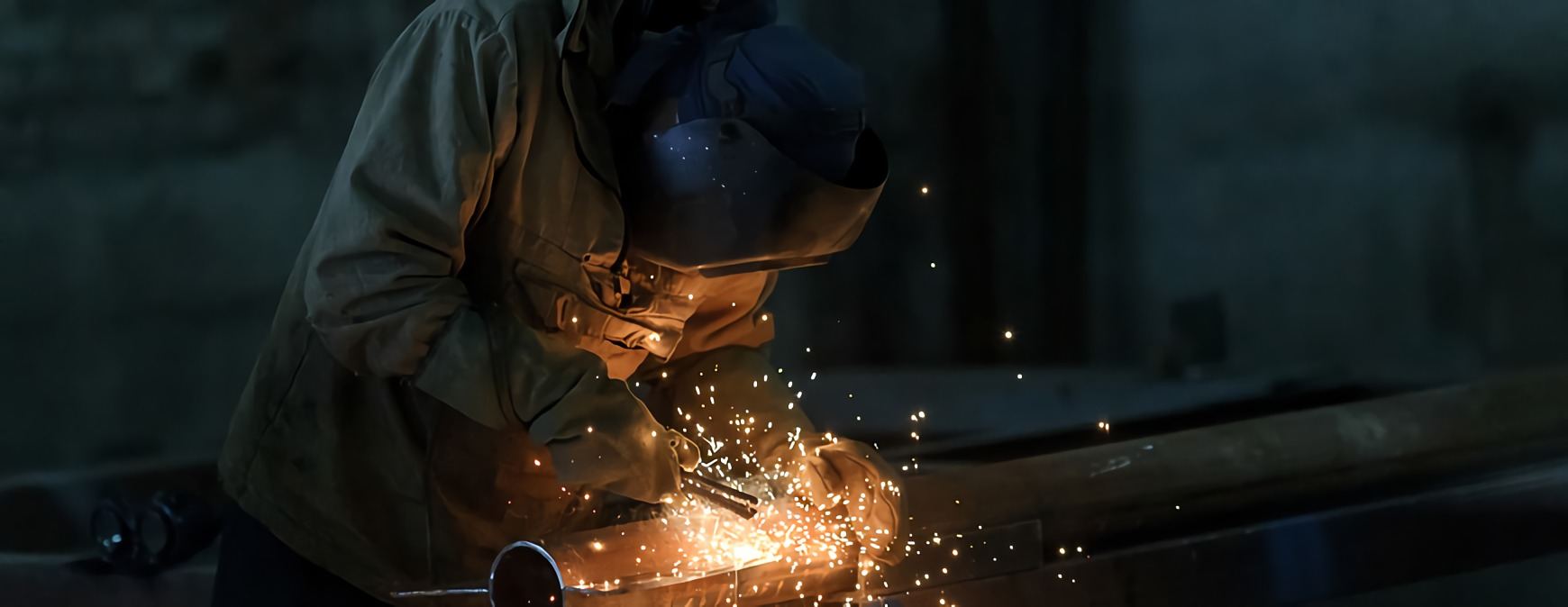
Thinking about a career change at 40? But what should you do? You’ll likely have to continue working your current job while you prepare for your new career. Time and money are important factors.
But, ultimately, you really want a job where you’ll be happier. Perhaps you want to get outside and be more active at work?
Help people on a daily basis?
Enjoy the satisfaction of building and fixing things?
Then a career in the skilled trades may be a great fit for you. Training can be relatively fast and affordable, and you could find more fulfillment in your work.
Get Started on the Path to a New Career
Fill out our form to learn how we can help you change your life.
Learn more about how to change careers at 40 and the best career change jobs at 40 in the skilled trades in this article.
How to Change Careers at 40
When it comes to changing careers, there’s no standard process for success. You can go about it in many different ways. Some may simply transfer their current skills into a similar field. Others may reskill to an entirely different occupation.
But, however you choose to go about it, taking certain steps can help with a smoother transition into a new career.
Think about incorporating the following steps into your process for making a career change at 40.
Steps for a Successful Career Change at 40
✓ Step 1: Assess Yourself
Knowing yourself can help you determine what you want the next time around in the job market.
Ask yourself questions:
- What am I good at now? How would those skills transfer into a new career?
- What were some of my biggest wins throughout my career so far? What kinds of fields might provide similar situations for me to excel in as a professional?
- What brings me satisfaction? The smile on a customer’s face when I’ve helped them solve a problem? Seeing a project through from start to finish?
You might even consider taking a self-assessment test to help you identify your personality type, interests, aptitudes and work-related values.
✓ Step 2: Take a Personal Resource and Responsibility Inventory
How much time and money can you spend on a career change at 40?
- Factor in how much time working your current job could take away from making this occupational
- Take stock of your obligations, such as caring for children or
- Look at your overhead like rent or a house payment, medical bills and general living
The goal of this step is to determine how many resources you can invest in changing careers.
✓ Step 3: Research Careers
Now it’s time to align your interests and values with a new occupation.
The Bureau of Labor Statistics can be a great resource for researching careers. Here you can find information about job growth, duties, pay, training requirements, work environments and more.
You might also want to talk to friends and family. They may know someone currently working in the field you’re considering entering. Or you could network to make contacts in that specific field.
Either way, talking to an industry insider could lend some excellent insights into what to expect from the career.[1]
✓ Step 4: Align Interests and Resources to a Career
It’s important to align interests and resources with the required training and returns the career you’re considering could offer.
For example, if you don’t have much extra time or money to invest in career preparation, you’ll want to find careers with shorter, more affordable training requirements.
All the while, though, you’ll want to make sure you’re choosing a new occupation you might really enjoy.
✓ Step 5: Prepare and Enter the Career
Once you’ve figured out which career you want and the preparation required for it, it’s time to go for it!
Great Career Change Jobs at 40 in the Skilled Trades
If you’re looking for active work that can take you outdoors, then you might want to consider the skilled trades.
Below we’ve highlighted three skilled trades careers to check out when making a career change at 40.
| Skilled Trade | HVAC/R Technician | Solar Photovoltaic Installer | Welder |
|---|---|---|---|
| Job Description | HVAC technicians service the heating, ventilation, refrigeration and cooling systems that control air quality and temperature in buildings. | Solar panel technicians assemble, install and maintain solar panel systems. | Welders cut or fuse metal parts using hand-held or remotely controlled equipment. |
| Job Growth through 2028 | 13 percent.[2] | 63 percent.[4] | 3 percent.[6] |
| Work Environments | Mostly indoors but some outdoor work. | Mostly outdoor work. | Indoors and outdoors. |
| Training Requirements | HVAC training at a trade school for six months to two years.[3] RSI Programs | Solar panel installation courses at a trade school for a few days to several months.[5] On-the-job training for up to one year. | Welding training at a trade school.
On-the-job training for several months.[7] RSI Program |
| Benefits |
Active work. Helping people stay comfortable and healthy. Daily variety in work settings when making service calls. |
Working outdoors.
Active Work. Supporting the renewable energy revolution. |
Active Work. Outdoor Work. Contributing to the production of fifty percent of American- made goods.[8] |
Making the Leap into a New Career at 40

Career change at 40 is not uncommon. But since a 40-year-old worker typically has more financial and familial obligations than a 20-year-old worker, it can take some careful planning.
If you’ve been stuck in an office up until now and want some fresh air, active work and the satisfaction of building and fixing things, then a career change at 40 into the skilled trades could be a good decision.
As you can see from the chart above, vocational training (like the programs offered at RSI) is often the first step toward working in the trades. The great news is that the cost of trade school can be much lower than that of university. Yet another reason to consider switching to the skilled trades.
Additional Sources
[1] https://www.bls.gov/careeroutlook/2017/article/new-career.htm
[2] https://www.bls.gov/ooh/installation-maintenance-and-repair/heating-air-conditioning-and-refrigeration-mechanics-and-installers.htm
[3] https://www.bls.gov/ooh/installation-maintenance-and-repair/heating-air-conditioning-and-refrigeration-mechanics-and-installers.htm#tab-4
[4] https://www.bls.gov/ooh/construction-and-extraction/solar-photovoltaic-installers.htm
[5] https://www.bls.gov/ooh/construction-and-extraction/solar-photovoltaic-installers.htm#tab-4
[6] https://www.bls.gov/ooh/production/welders-cutters-solderers-and-brazers.htm
[7] https://www.bls.gov/ooh/production/welders-cutters-solderers-and-brazers.htm#tab-4
[8] https://www.qualityinfo.org/-/welding-beyond-the-sparks-and-the-arc
This blog has been labeled as archived as it may no longer contain the most up-to-date data. For a list of all current blog posts, please visit our blog homepage at https://www.rsi.edu/blog/

